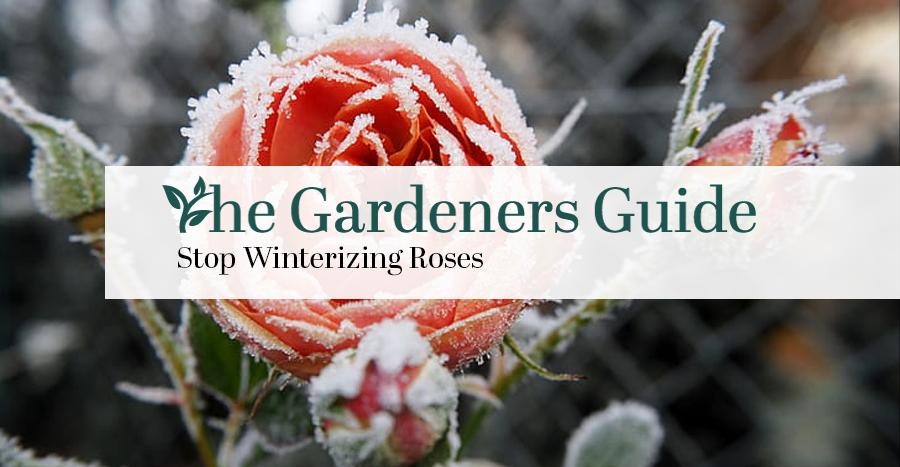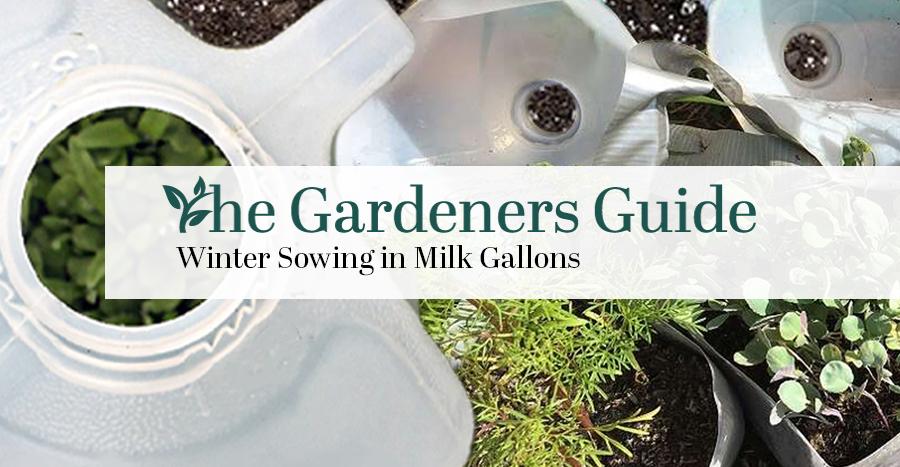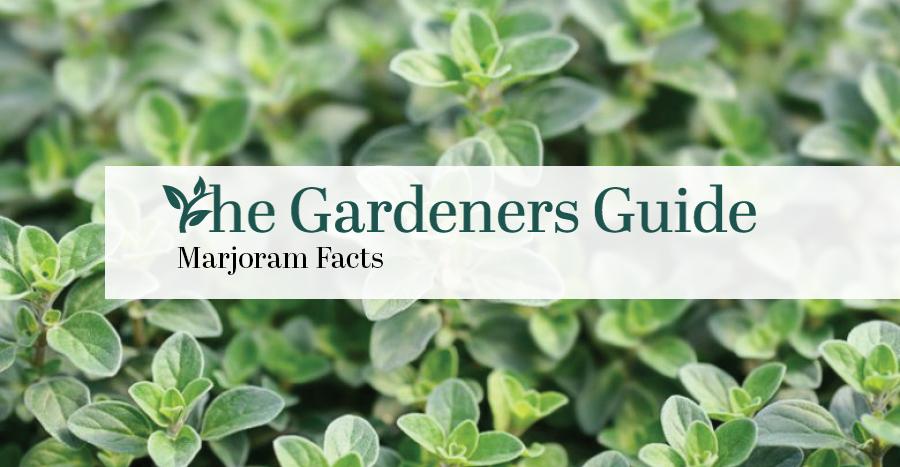Stop Winterizing Roses: Embracing Roses Natural Resilience
Now I’m no expert on roses. They sort of take care of themselves in my garden aside form the occasional pruning and deadheading. And many of you may not agree but I honestly don’t understand why people make a big fuss over winterizing their roses. It’s not like they’re delicate little flowers that can’t handle a bit of cold weather. In fact, roses are northern hemisphere plants and can withstand freezing temperatures without much trouble.
Sure, there are some precautions you can take to protect them, but it’s not necessary to go overboard with winterizing. I have been growing roses in the freezing winters of New York City for years, and have never once taken the time to wrap my plants in burlap or foam. While some may argue that extreme temperatures can harm the delicate flora, I have found that my roses not only survive but thrive without any extra pampering.
In fact, I believe that exposing my roses to the natural elements of winter actually strengthens them. Just like how our bodies build immunity by being exposed to germs, I think plants can toughen up by experiencing the cold. It’s a survival mechanism that has been ingrained in them for centuries. I have witnessed firsthand how resilient my roses can be. Even during the harshest blizzards.
Now I don’t have all the facts but even with out doing research I can say its a fact that roses are incredibly resilient plants. They have been growing in nature for centuries without human intervention during harsh winters. In fact, many varieties of roses actually require a period of dormancy in order to bloom properly the following season. Additionally, I worry we may unintentionally be disrupt their natural cycle and hinder their growth potential by winterizing our roses.
Winterizing roses can disrupt its natural cycle
I am skeptical about the whole process of winterizing my roses. For one thing I know it may seem like the responsible thing to do, but don’t roses require cold dormancy for their natural cycle. Wouldn’t that mean protecting our plants from harsh winter conditions can actually have adverse effects on their overall health. When we insulate our cold tolerant plants with blankets, we inadvertently restrict their exposure to cold temperatures, inhibiting the natural process of dormancy that they require for proper growth.
I decided to do a little research and it turns out in their dormant state, roses undergo crucial physiological changes that set the stage for robust blooming in the following spring. Exposing them to chilly temperatures triggers a series of chemical reactions inside the plants which strengthen their cellular structure and promote healthy bud formation. Yet by sheltering them too heavily during winter, we disrupt this important period of rest and rejuvenation.
Additionally, excessive insulation can create a cozy environment that invites fungal diseases or pests to take up residence within your rose garden. By enclosing your plants tightly in artificial barriers, you’re inadvertently creating the perfect breeding ground for these unwanted visitors. So while it may be tempting to go overboard with winterizing measures during winter months, it’s important to strike a delicate balance between safeguarding your roses and allowing them ample opportunity to flourish naturally in their own seasonal rhythm.
Preparing your roses for winter
Perhaps if you live in a frigid region that is significantly colder than zone 5, you may want to take some extra precautions to protect your roses. Some varieties, like hybrid tea roses, grandifloras, and floribundas, are more delicate and could benefit from winterizing methods such as covering them lightly with burlap if your in a harsh zone. These types of roses have large blooms that are susceptible to damage from freezing temperatures and strong winds. Taking time to research is always a good idea especially if you believe you have a tender type of rose. However, most roses are resilient plants that can withstand winter with minimal care.
If you don’t want to take my word for it heres a video shared by Fraser Valley Rose Farm. He explains in debt how to prepare your roses for the winter and why winterizing is unnecessary if your roses are rated for the zone they are growing in.
Pruning Roses
It’s always a good idea to prune them before the first freeze and remove any dead or diseased branches that could attract pests or diseases during this time.
- Repeat blooming roses should be pruned in very early spring. Single bloom roses should be pruned after they bloomed.
- Prune of below any damaged or unhealthy stems. This will prevent the damage from spreading.
- For all climbing roses, remove crossing or rubbing branches and clean up the long branches.
- When pruning you should aim to prune just above outward facing node in the stem so the plant will grow outward.
- You want to prune for a pleasing shape that will promote your roses branches to spread.
- In climbing roses cut side shoots back to about 2-3 inches.
- Never prune excessively despite what most people say there is no need to prune all the height back unless you feel the rose has excessive damage.
- Always use clean sharp shears.
Here is a video on pruning from Fraser Valley Rose Farm on how to properly prune your roses
Climbing roses may also require additional considerations as well. Although they usually have vigorous growth habits that help them survive harsh conditions, they can still suffer from windburn or damage caused by heavy snowfall. To protect these beautiful plants during winter, gently tie their canes together or to a trellis without causing any strain. This will prevent them from being whipped around by strong winds and potentially breaking.
A few recommended varieties
If you’re keen on acquiring cold-resistant roses for your garden and want to ensure their survival during chilly weather, I have curated a selection of several cold-tolerant varieties below. There are several noteworthy options cold-tolerant rose options. First on the list is the ‘Morden Blush’ rose, renowned for its ability to endure harsh winter conditions without compromising its stunning blooms. This compact shrub rose showcases delicate pink flowers and emits an enchanting fragrance capable of brightening even the most dreary winter days.

Another exceptional choice is the ‘Champlain’ rose, highly regarded for its remarkable resilience against extreme coldness. This Canadian-bred gem boasts rich red blossoms and exhibits vigorous growth patterns that effortlessly brave frigid temperatures.
Additionally, its resistance against diseases makes it an ideal low-maintenance alternative for individuals who prefer minimal attention to their roses during winter. If you desire a breathtaking climber that thrives in colder climates, consider the ‘William Baffin’ rose. This robust climbing variety produces clusters of vibrant pink flowers and flourishes in zones 3-9, rendering it suitable for numerous regions across North America. Its extraordinary ability to rebound after severe winters guarantees year-round beauty in your garden.
Conclusion
In conclusion, it’s time to stop the practice of winterizing roses and start embracing their natural resilience. While it’s true that extreme temperatures can pose challenges for these delicate blooms, they are designed by nature to withstand a variety of weather conditions. By allowing them to adapt and acclimate naturally, we give them the best chance of thriving year after year.
Instead of wrapping roses in plastic or burying them under layers of mulch, we should focus on providing them with proper care throughout the growing season. This means pruning at the right time, providing adequate water and nutrients, and keeping an eye out for any signs of disease or pests. By nurturing our roses in this way, we strengthen their overall health and boost their ability to resist harsh winter conditions.
So let’s put an end to the outdated practice of winterizing roses and embrace their innate strength.
This article may contains some affiliate links. By making a purchase through the affiliate links in this article, you are supporting the author and granting them a small commission.










Leave a Reply
Want to join the discussion?Feel free to contribute!